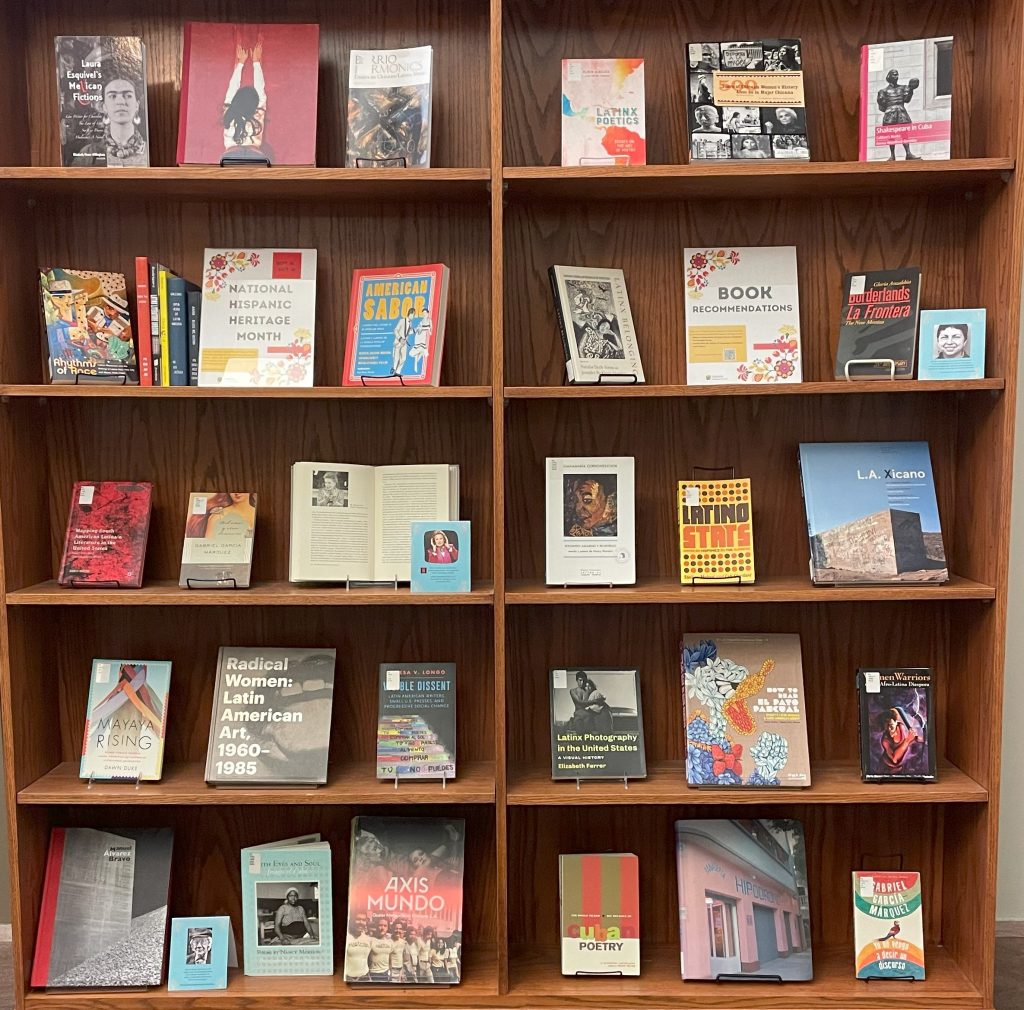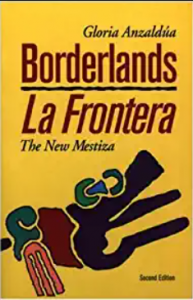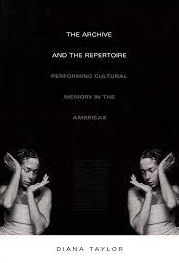National Hispanic Heritage Month is celebrated annually from September 15 – October 15. National Hispanic Heritage Month celebrates Latino/a and Hispanic heritage, honors histories and the diverse cultures of people from Spain, Mexico, the Caribbean and Central and South America.
During National Hispanic Heritage Month the following Latin American countries celebrate independence days: Costa Rica, El Salvador, Guatemala, Honduras, and Nicaragua on September 15th, Mexico on September 16th, and Chile on September 18th.
With the help of Mizzou’s Association of Latin@ American Students, the Cambio Center, and some faculty from the School of Languages, Literatures, and Cultures, MU Libraries has created a list of book recommendations. Thank you to these groups and individuals!
Below are a few we have available for check out. You can view the whole list of book recommendations here. And be sure to visit the Hispanic Heritage Month book display in the Ellis Library colonnade.

Borderlands = La frontera, Gloria Anzaldúa 
Rooted in Gloria Anzaldúa’s experience as a Chicana, a lesbian, an activist, and a writer, the essays and poems in this volume challenge how we think about identity. Borderlands/La Frontera remaps our understanding of what a “border” is, presenting it not as a simple divide between here and there, us and them, but as a psychic, social, and cultural terrain that we inhabit, and that inhabits all of us. This 20th anniversary edition features a new introduction comprised of commentaries from writers, teachers, and activists on the legacy of Gloria Anzaldúa’s visionary work.
 The archive and the repertoire : performing cultural memory in the Americas, Diana Taylor
The archive and the repertoire : performing cultural memory in the Americas, Diana Taylor
Diana Taylor provides a new understanding of the vital role of performance in the Americas. From plays to official events to grassroots protests, performance, she argues, must be taken seriously as a means of storing and transmitting knowledge. Taylor reveals how the repertoire of embodied memory–conveyed in gestures, the spoken word, movement, dance, song, and other performances–offers alternative perspectives to those derived from the written archive and is particularly useful to a reconsideration of historical processes of transnational contact. The Archive and the Repertoire invites a remapping of the Americas based on traditions of embodied practice.
Manuel Alvarez Bravo, a pioneer of art photography in Mexico, is a cornerstone of Mexican culture and twentieth-century Latin-American photography. His work ranges from late 1920 to the 90s. Alvarez Bravo’s artistic identity is inextricably linked to the history of his country and the creation of Mexican identity after the revolution of 1910. Thus, his work can be understood both as a reflection of the extraordinary variety of cultures in Mexico as an eccentric drift of surreal avante-garde. The exhibition organised by Fundacion MAPFRE and the accompanying catalogue, runs through 150 photographs, a limited number of iconographic motifs of his work: reflections and illusions of the big city, bodies lying converted into shapes, objects of ambiguous meanings, a wide panoramic that shows his rejection to easy picturesque, his irony insistently ambiguous, and his ability to convert images into symbols beyond the poetic realism typical of Mexican culture.
Have a purchase recommendation? Use our book recommendation form.

 Manuel Álvarez Bravo
Manuel Álvarez Bravo